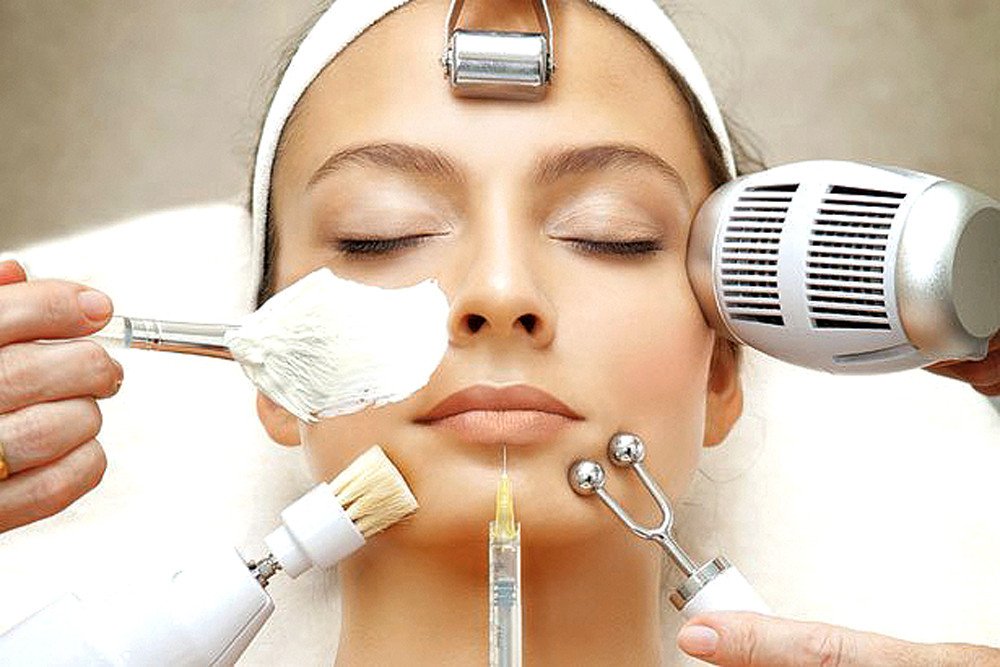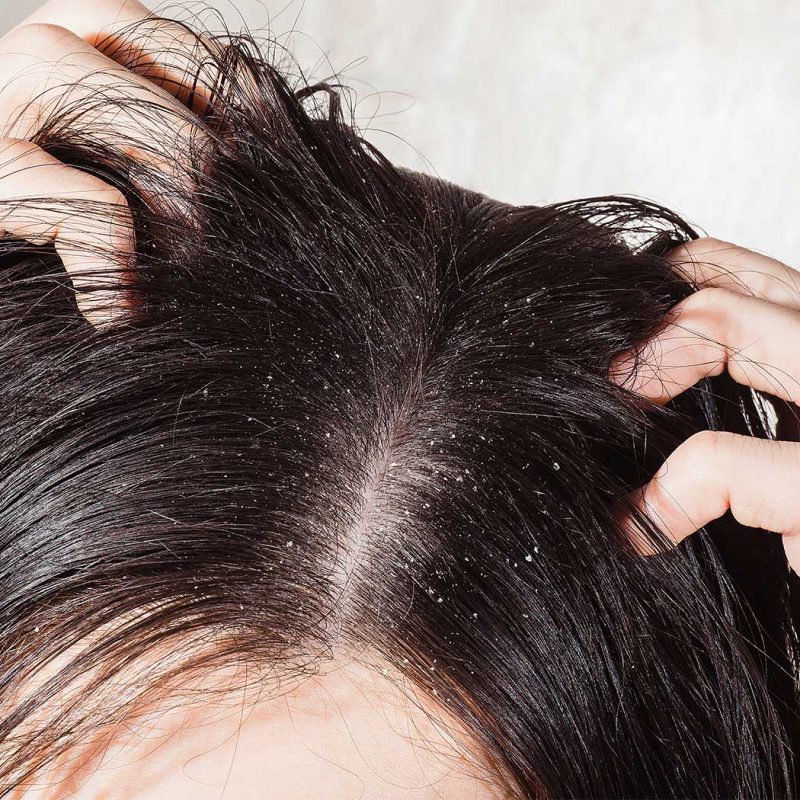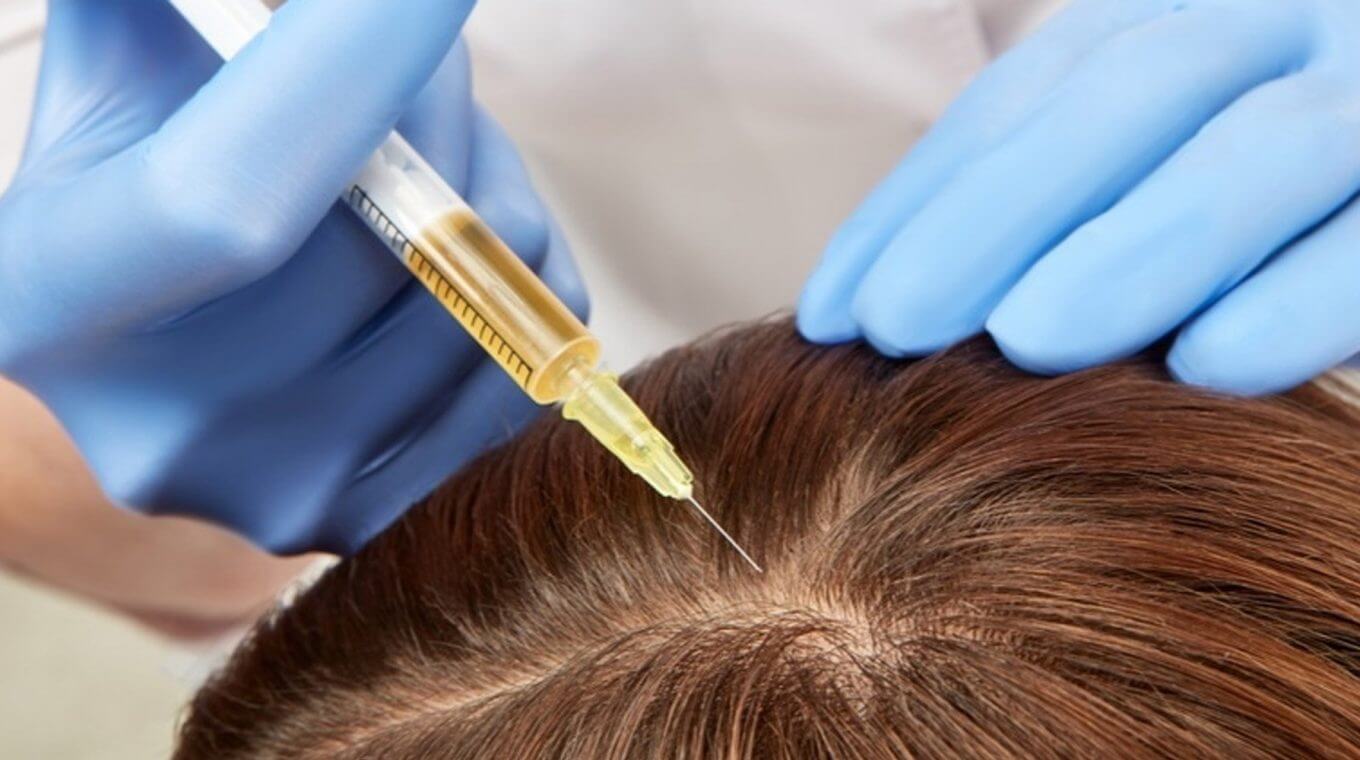
Laser therapy for hair growth
Low-level laser therapy — also referred to as red light therapy and cold laser therapy — irradiates photons into scalp tissues. These photons are absorbed by weak cells to encourage hair growth.
It’s widely accepted that the procedure is safe, tolerable, and less invasive than hair transplant surgery.
There are a number of reasons that advocates cite to encourage participation in the procedure, including:
- it’s noninvasive
- it’s painless
- there are no side effects
- it increases hair strength
There are a number of reasons that some people are not as positive about the procedure, such as:
- It’s time consuming. To see results, treatment often requires several sessions a week for a number of months. Although the number of sessions might taper off, most providers suggest that you continue treatments for the rest of your life.
- It’s expensive. Clinical laser treatments for hair loss can cost thousands of dollars a year.
- It may not be effective. The procedure appears to be less effective for people in the advanced stages of hair loss as opposed to those in the early stages.
- It can interact with certain medications. Laser therapy should not be performed on people taking medications that are photosensitizing. Photosensitizing is a chemical alteration to the skin that increases someone’s sensitivity to light.
- Long-term safety and effectiveness have not yet been established. Laser devices are classified as medical devices by the FDA so they don’t have the same level of scrutiny and testing that medicines go through prior to approval. Long-term safety and long-term effectiveness have not yet been established.
Currently, there are three popular treatments for genetic hair loss: Taking Finasteride medication to stop testosterone from sticking to the hair follicles and to slow down hair loss; applying Minoxidil topically and continuously to the scalp to plump up and thicken the hair, and hair transplant surgery by transplanting the hair from the denser area. This method is suitable for severe and advanced cases. The advantage of this method is that the hair will last a lifetime, and can be permed, dyed, and washed. People with hair transplants can engage in any sports activities with confidence.
- Laser cap or comb – the accessories that emit red laser light 'Low-level laser therapy (LLLT)' to gently stimulates hair follicle cells. Suitable for those who have thinning hair in the initial to moderate stage, this device is portable and can be used at home. Using this device continuously for 15 minutes a day will strengthen the hair and hair follicles, as well as generate new and thicker hair growth. However, patients should consult the doctor for directions on use, and device type.
- Low-level laser adapted from the laser used for hair removal. It is a low-energy laser to stimulate the hair follicles all over the scalp.
This low-level laser therapy is suitable for patients with an early stage of hair loss i.e. with mild to moderate symptoms, but not suitable for those in an advanced stage, or already have baldness. Patients should undergo the therapy continuously at least 5 – 10 times, every two weeks. They will start to see the result after the 5th treatment. Clearer results can be seen after three months.
he laser light that’s used in LLLT produces a particular wavelength, which has a unique ability to be absorbed by the molecules of the hair follicles. The light helps to shift hair follicles into the growth stage in multiple ways.
When it penetrates the scalp, it stimulates the stem cells responsible for the regeneration of the hair follicles, encouraging hair regrowth. It also works to increase the production of ATP and the metabolic process of the cells for faster hair growth.
The light acts to increase blood flow in the targeted region of the scalp, therefore increasing the delivery of nutrients and oxygen to the hair follicles, causing the hair to grow with greater length and diameter. This helps to produce thicker hair shafts and results in fuller looking hair overall.
A variety of methods can be used to administer LLLT. Therapies can be administered in an in-office setting via hoods or overhead panels.
There are also many portable devices available that patients can use at home.
These include tabletop devices, handheld devices and wearable devices.
Popular products include laser combs, which are devices that emits LLLT similar to a hair brush. Wearable devices such as various LLLT caps, bonnets, helmets, are also among the most common.
A simple Google search will reveal the countless options available. It’s a good idea to be cautious and do your research when considering purchasing such products over the internet. Not all such devices have received FDA clearance or undergone electrical safety testing.
It may be an even better idea to consider consult a medical professional that specializes in hair restoration and hair loss treatments.
That’s us here at Ohio Hair Restoration. If you’re considering LLLT for hair loss or wondering if it’s a treatment option that’s right for you, give us a call.
We can discuss the different therapies, procedures, and products that may be most effective for your individual case. And find real help for hair loss.
Book Your Free Consultation Now
Other Treatment
-
Dandruff Treatment
Dandruff is a common condition that causes the skin on the scalp to flake. It isn’t contagious or serious. But it can be embarrassing and difficult to treat.
-
Meso Treatment
Hair Mesotherapy is a treatment method applied by injecting the vitamins, minerals and amino acid mixtures required for the hair into the scalp
-
Hair Loss Treatment
Hair loss (alopecia) can affect just your scalp or your entire body, and it can be temporary or permanent. It can be the result of heredity, hormonal changes, medical conditions or a normal part of aging
Gallery









